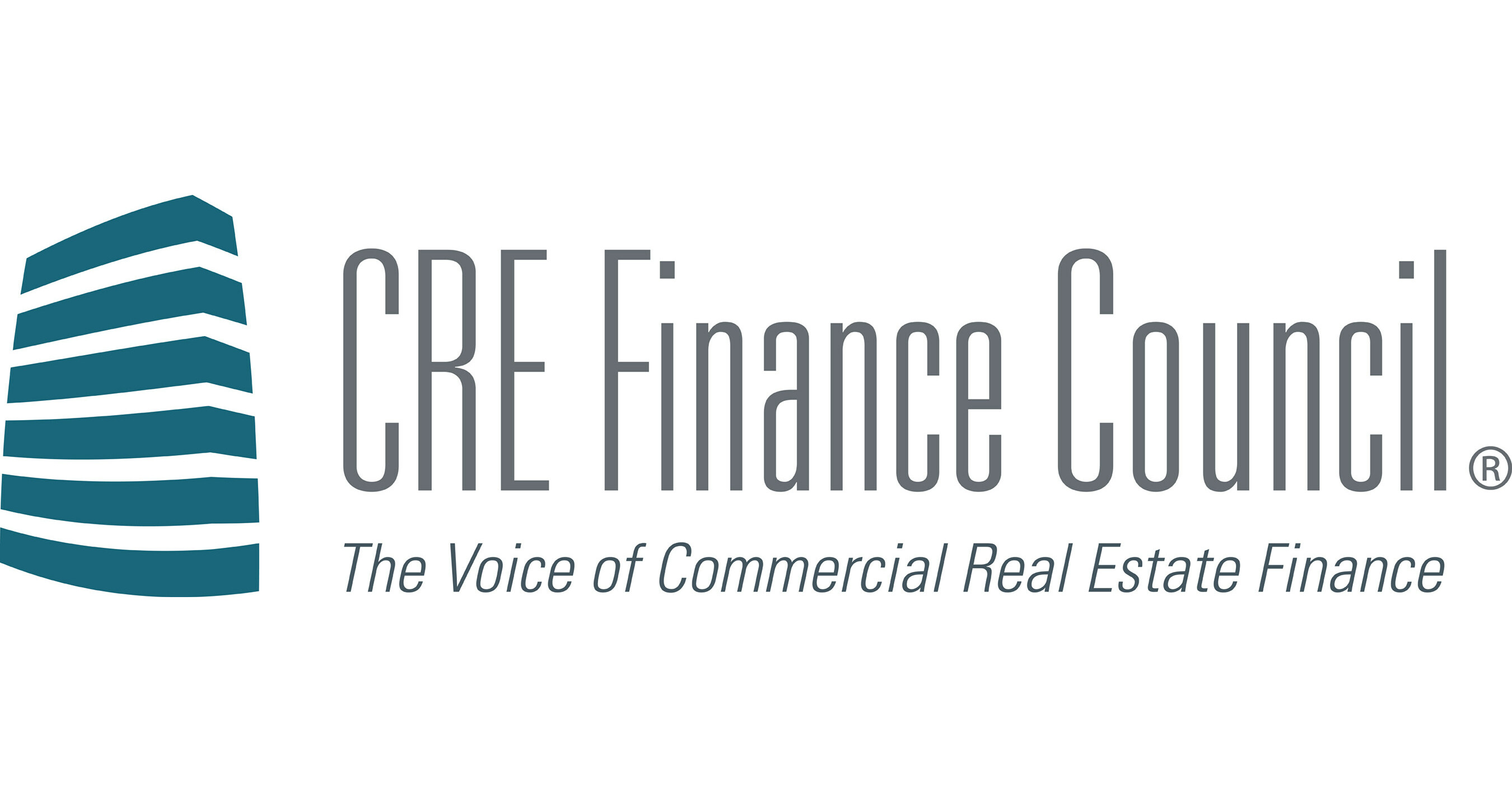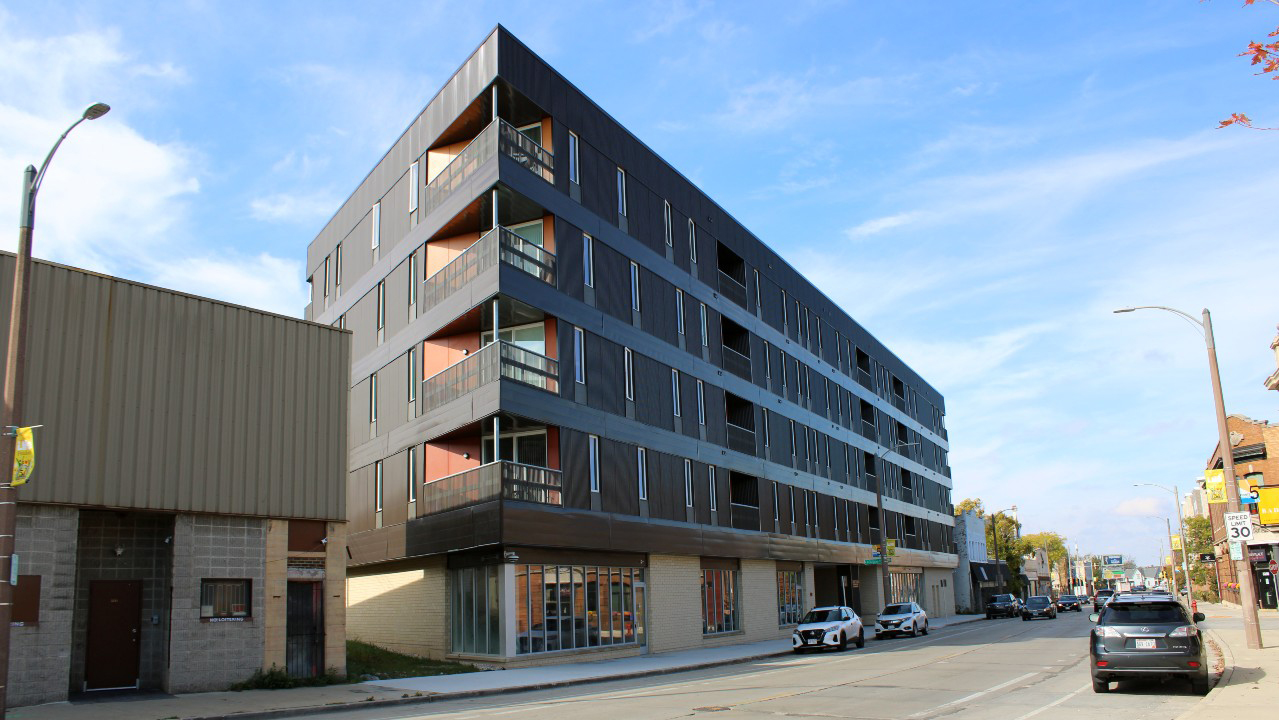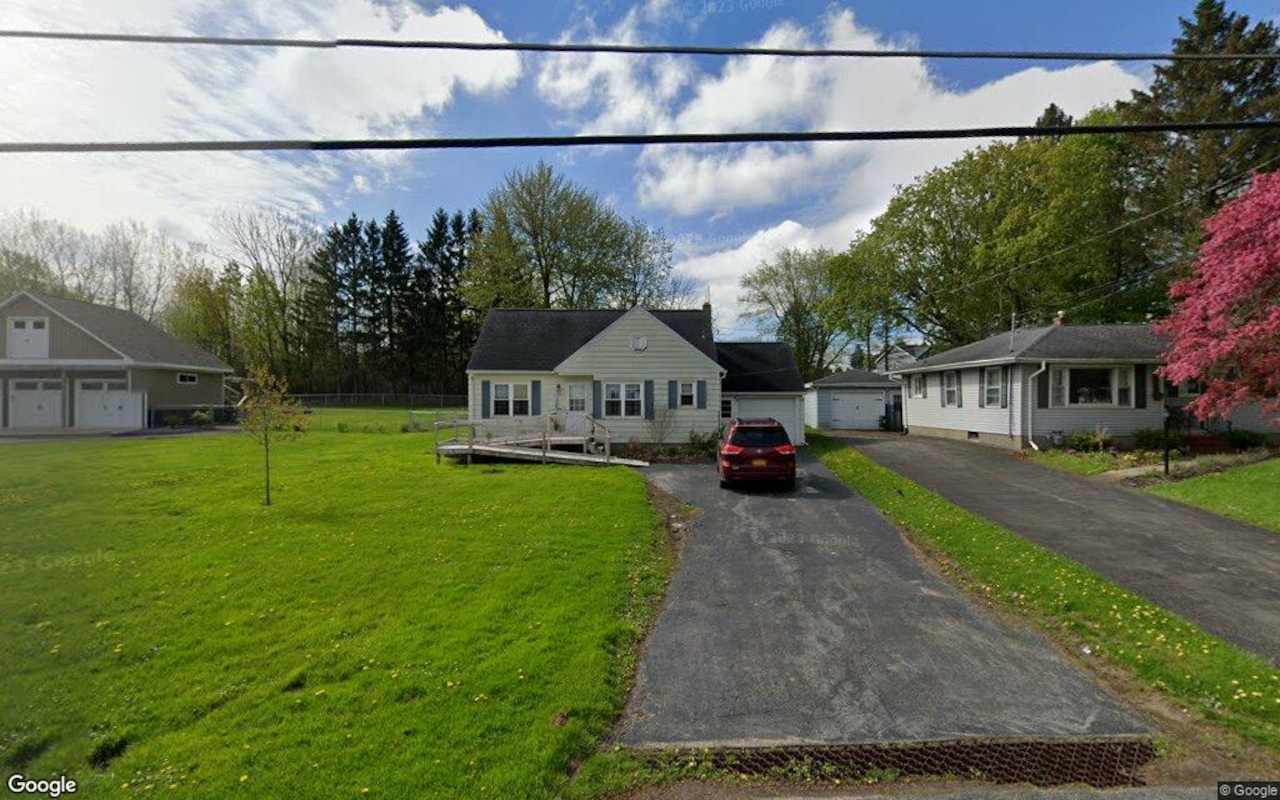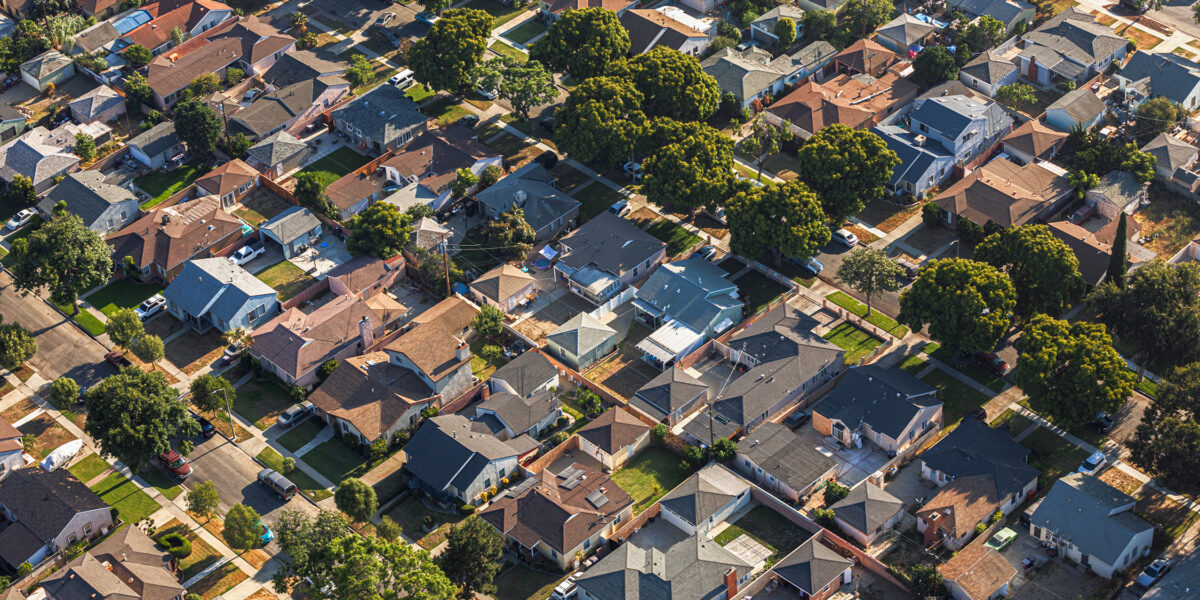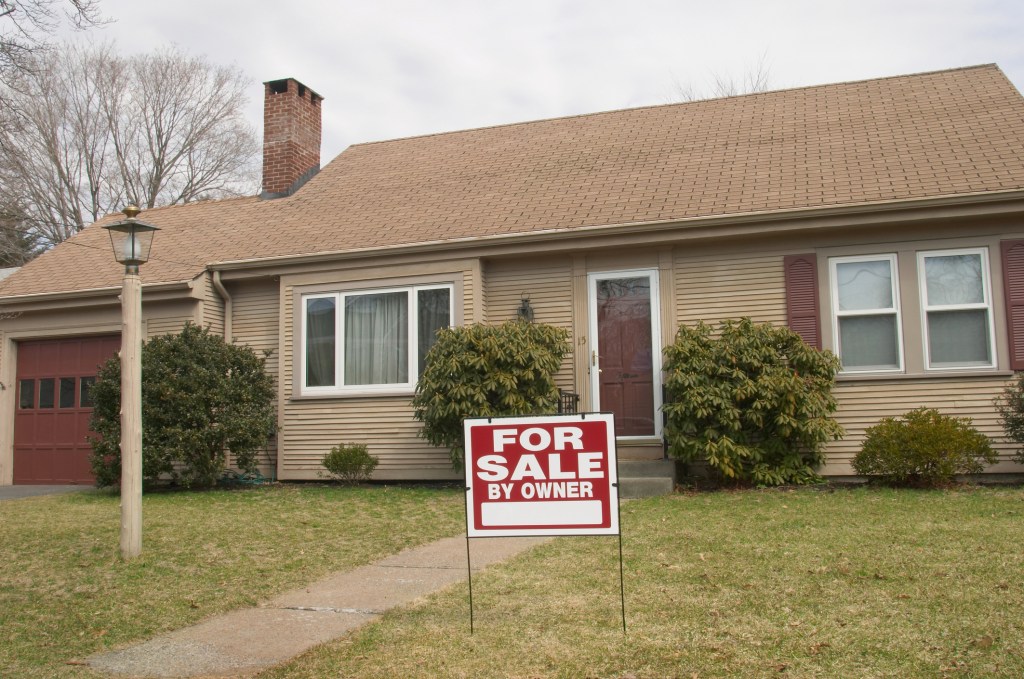2
025 Outlook: A Year of Stabilization and Opportunities
The housing market is poised to stabilize in 2025, offering more opportunities for homebuyers. The Federal Reserve's gradual approach to easing monetary policy will likely lead to stabilized borrowing costs, providing some relief to prospective buyers. However, mortgage rates are unlikely to return to pre-pandemic levels, with the National Association of REALTORS forecasting them to stabilize near 6% in 2025.
As a result, more buyers are expected to enter the market, boosting activity. With mortgage rates falling below 6.5%, the qualifying income required to purchase a median-priced home drops below $100,000, making homeownership more accessible to a wider range of households. If rates stabilize around 6%, about 6.2 million households can afford median-priced homes, compared to the current constraints with rates near 7%.
Housing shortages remain a long-term constraint, but inventory levels are gradually improving and poised to increase further in 2025 due to new construction projects and homeowners listing their properties. Lower mortgage rates will benefit homebuilders by reducing financing costs and boosting market confidence, leading to increased construction and housing starts approaching the historical average annual level of 1.5 million units.
Home prices will continue to increase in 2025 but at a slower pace compared to previous years, with increases likely to be around 2%. Despite these gains, inventory levels are still expected to fall short of pre-pandemic norms, presenting challenges for buyers.
Housing Hotspots for 2025: Top Markets Amid Stabilizing Rates
The National Association of REALTORS identifies markets expected to outperform based on key trends and metrics. The following factors will be influential in shaping local housing markets as mortgage rates stabilize in 2025:
1. Fewer locked-in homeowners than the national level, reducing the "lock-in effect" that reduces housing inventory and activity.
2. Lower average mortgage rates than the national level, enabling more buyers to qualify for a mortgage and boosting demand.
3. Faster job growth than the national level, driving economic stability and income increases, which are key factors for home affordability.
4. More Millennial renters who can afford to buy a home than the national level, stimulating housing demand, especially for entry-level and starter homes.
5. Higher net migration to population ratio than the average level, boosting activity in areas experiencing a strong influx of people.
6. More households reaching homebuying age in the next 5 years than the national level, driving long-term demand for homes.
7. More movers who purchase homes than the national level, indicating long-term growth and stability for local housing markets.
8. More homeowners surpassing the average length of tenure than the national level, increasing housing inventory as these homeowners consider selling.
9. More inventory of starter-homes than the national level, providing greater accessibility for younger or lower-income buyers.
10. Faster home price appreciation than the national level, reflecting a strong local housing market with increased demand and generating wealth for homeowners.

